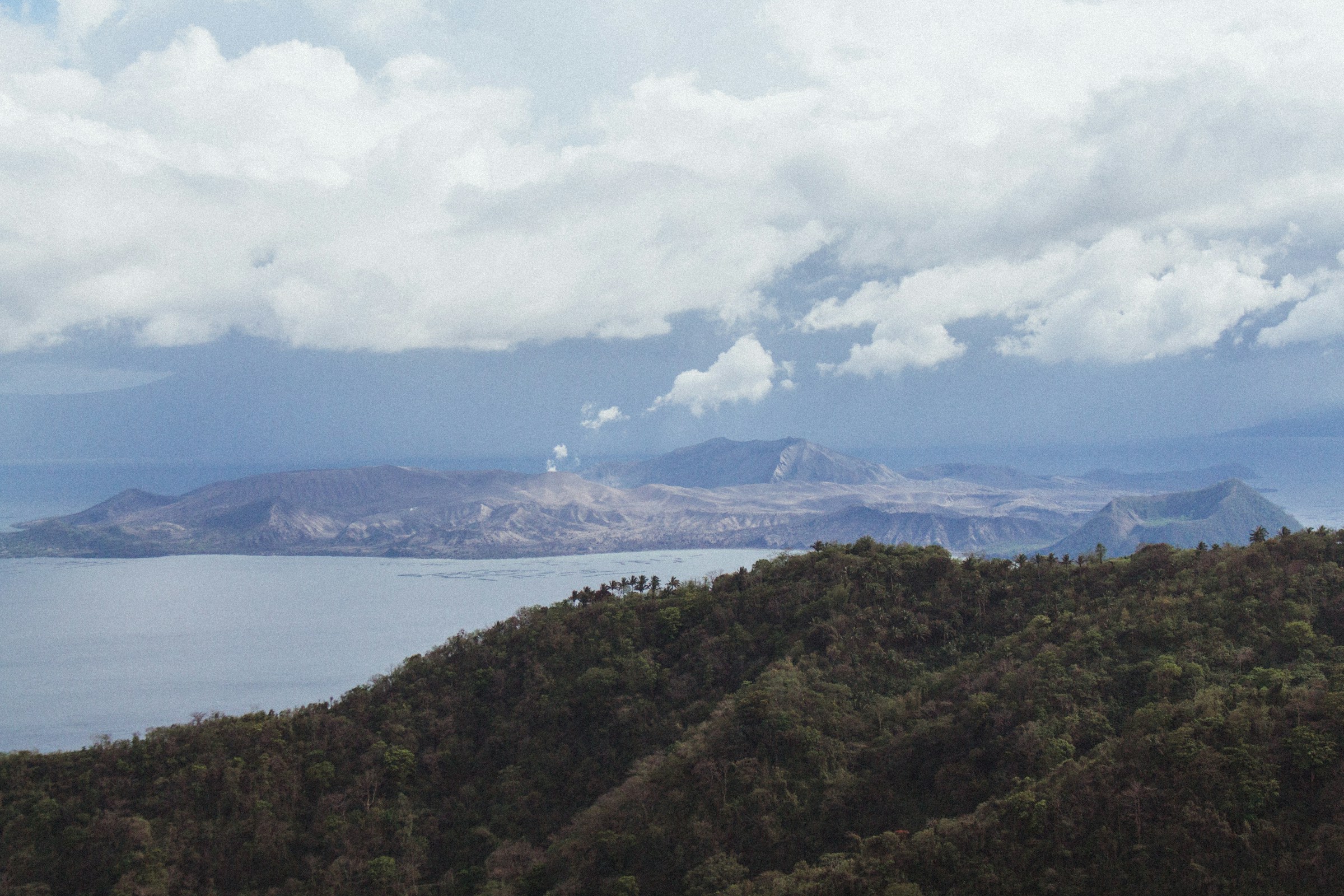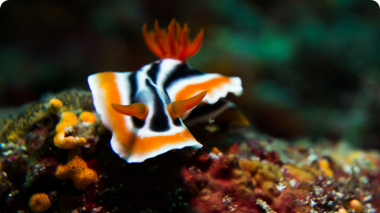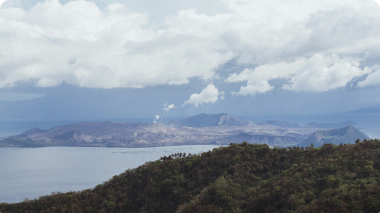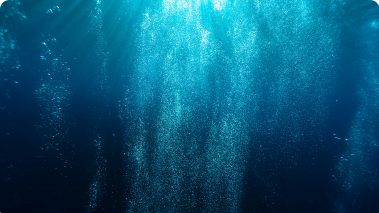“She is as deadly as she is mysterious and beautiful”
The sun invitingly ripples off even the murkiest of waters, whilst the opaque slurry reveals nothing of the mysteries beneath. Aquatic realms lay within another dimension. Situated on the Southern tip of the Philippine’s largest island of Luzon, a volcanic lake provides a portal through dynamic lands. Within this caldera of curious waters remain untold secrets and homes to some of biology’s most puzzling aquatic life.
This relatively young, but unusually deep freshwater lake formed less than three centuries ago from great, violent spews of molten ash damning, damming what was once a saltwater bay on the South China Sea. Through millennia, countless eruptions have carved, blasted and shaped the lands above and hidden valleys submerged below. But, through the ‘terrain carving power’ of this historic 6-month rupture in 1754, the lives of its survivors were forever set on a new course.
Lake Taal, as it’s called, is built upon an active fissure that runs deep into the Earth’s molten core — along the Earth’s seismic hotspot, known as The Pacific Ring of Fire. Its basin, a coalescence of craters, are visible by crescent-shaped shorelines whilst steep underwater cliffs unexpectedly drop off to the unknown. Locally, Taal is described as ‘an island in a lake in an island in a lake in an island in the sea’, for within Taal’s cratered lake is another island, which too holds its own lake, and within this, the heart of a smouldering volcano — deemed the second most active in the Philippines.
Seeking answers to the mysteries of Taal’s geology, ecology and human lives entwined is like finding your path in an enchanted, shape-shifting maze. “The lake is a dynamically changing landform”, writes geologist Emmanuel Ramos of the Philippine Institute of Volcanology and Seismology; active volcanism continues to transform the water’s chemistry and physical landscape today. Previous accounts from a Spanish colonial period in the 1600s described Taal’s waters as ‘salty’, together with relics of dead corals found on the lake’s silty floor, suggesting a once thriving marine community. Meanwhile, legends of a sunken Spanish Church and evidence from lost towns of Old Taal, Tanauan, Sala and Lipa tell of another time for human civilisations on Taal’s fertile lands above.
As recent as 1734, a historic Spanish map depicts Taal’s connection with the open sea. Today, less than 300 years later, the region is an enclosed freshwater lake. This represents a rapid and dramatic ecological transition to the region. Typically, when ecosystems transition, species that live there must either adapt or migrate to somewhere new. But, for the life forms landlocked within Lake Taal’s volatile waters, survival rests only on the former. So, what then of Taal’s aquatic inhabitants below?
***
Beneath the volcanic shadow cast over enigmatic waters below, lives an unusual array of freshwater, marine life — a seemingly inexplicable paradox. These creatures, “by laws of nature, have no right to be there,” writes Thomas Hargrove, an American journalist who dedicated years exploring the lake. But, perhaps not by ‘laws’ we understand just yet.
Unique species of sardine, eel, gobies, mackerel, and sea snake — otherwise renowned as animals of the sea — have somehow persisted within these enclosed, now fresh waters. Each of these species, exclusive to Lake Taal, are exceptions amongst their families. Yet, explanations of their adaptation and survival have, so far, mostly rested on speculation. Now, new genetic evidence is beginning to unravel one evolutionary puzzle of a freshwater ‘sea’ snake.
The black-and-white banded, scaly streaks of Lake Taal’s ‘sea’ snake, known locally as “duhol matapang”, is as mystifying as the lake itself. It belongs to the family of true sea snakes, which live and breed almost exclusively at sea. These slender-bodied, slinky swimmers first evolved from a land-dwelling ancestor, similar to modern-day tiger snakes from around Australia’s Northern coasts. There are just 70 species of true sea snake, but much of their ecology is still to be discovered.
Unsettling appearances and cultural stigmas aside, sea snakes are not your stereotypical mythological serpents of the sea. Human attacks from these typically shy creatures are generally rare, limited to protective or brooding mothers. Mellow and placid in nature, they make elegant and graceful underwater swimmers, like the effortless motion of a rhythmic gymnast’s ribbon.
Although sea snakes still breathe oxygen from the air, their physical adaptations to life in the water make them fairly useless slithering on land. Laterally compressed bodies, fused narrow scales and a flattened oar-shaped tail make them efficient, streamlined swimmers. Elongated lungs, stretching out almost the entire length of a sea snake’s body, allow them to remain submerged for hours at a time, whilst valvular nostrils protect their airways when diving down deep.
***
Of all 12 zodiacs assigned to the Chinese lunar Calendar, the snake is regarded for its tenacity. This seems not to go unfounded for Lake Taal’s freshwater ‘sea’ snake. But the evolutionary puzzle of this species’ success remains unresolved.
One popular theory poses that Lake Taal’s ‘sea’ snake evolved very recently, following the historic eruption of 1754. Scientists have suggested that a once marine population became entrapped when Taal’s waters were completely closed off from the sea. Through time, as run-off and rainwater slowly diluted the lake’s salinity, the snake, along with other marine life, adapted. But being just over 270 years from today, this is considered ‘not nearly long enough for true adaptation of a species’, writes Hargrove, who seemed unconvinced writing in his 1991 published book on ‘The Mysteries of Taal’.
In many ways, “the snake still closely resembles its marine counterparts”, says sea snake biologist Vhon Garcia of the University of Adelaide. Although research into this unique species is scarce, a 1974 study found that it still possesses an active salt gland — a type of excretory organ that removes excess salts in the blood of marine animals. Surprisingly, the researchers found the snake’s salt gland still functions like that of species living in the sea. Paradoxically, then, this snake may not have adapted to its new freshwater home after all.
Recently, Garcia and colleagues have been using modern genetic approaches to tackle this salty puzzle. Unexpectedly, the team revealed the origins of this freshwater ‘sea’ snake are far older than anyone imagined. By comparing genomic DNA between Lake Taal’s sea snake and two other close marine relatives, they found instead it evolved within the last 550,000 years. This was a complete surprise as it suggests the species evolved well before Lake Taal finally closed off from the sea and possibly, even before the formation of Taal’s volcanic caldera. But Garcia notes the findings need substantiating with additional studies. He suggests, including DNA from sea snakes that live in the coastal waters just outside of Lake Taal, known as the Balayan Bay.
Some mysteries may lie beyond our reach. Hargrove went to great exploratory lengths, even treacherously diving within Taal’s stratified, sulfuric waters — an activity he promised himself never to repeat. He romantically suspected Lake Taal would always hold some untold secrets. Some of these secrets he expected would hold the key to its marine inhabitants, including the ‘layer of saltwater theory’.
In the 1977, Lake Foreshore Area Study, Lake Taal’s sole outlet, the Pansipit River, was found to have unusually high salinity. The study’s authors were alarmed, but suspected it was of volcanic origin, following the aftermath of Taal’s 1965 eruption. Considering this, Hargrove proposed that “perhaps the lake has a deeper body of saltwater” which its fish and ‘sea’ snake dive down to ‘for their salt needs’. It’s an intriguing idea, which would help justify the active salt gland within Taal’s freshwater ‘sea’ snake. However, exploring Taal’s depths is prohibitively challenging, and for now, this theory remains a speculative one.
***
In January 2020, after nearly 50 years of near-quiet rumblings, Volcano Island — Taal’s main crater burst into life with one of its most violent eruptions recorded. Great balloons of phreatomagmatic ash spewed some 15 km high into the sky as electrical discharge caused volcanic lighting to strike back down onto the Earth. After this, the 44th eruption in 500 years, authorities would not permit the thousands of local Filipino residents from Volcano Island to move back. The threat of this small yet notoriously destructive volcano was deemed insurmountable.
Each eruption brings underwater landslides, new craters and cones, shifts to sediments and changes in the waters’ chemistry. Nothing in this landscape stays the same for long. And yet remarkably, species continue to persist within Taal’s fiery waters. However, since 2009, the conservation status of Lake Taal’s ‘sea’ snake has been classified by the IUCN Red List as “Vulnerable”. Land run-off, fish farms, tourism and water extraction are negatively impacting local water quality and food resources, which, alongside risks of fishermen’s by-catch, all contribute to the snakes’ decline. Somehow, the violence of the Philippines’ “Killer volcano” is no longer this unusual snake’s biggest threat.
Typically, climates, landforms and their inhabitants have a sense of permanence. But this is only the case from our relative perspective as humans because the geological timeline of the Earth is so much vastly longer than that of our own. But the dynamic nature of Lake Taal instead brings a sense we’re looking at something momentary in time. Within just hours, Taal can sink an entire landmass by 70 metres.
Recently, as changes in the climate speed up, eyebrows are being raised — we are just beginning to recognise the Earth’s true dynamicity — but only just. However, Lake Taal, built upon a breakage of the Earth’s crust, provides a window, like a time-lapse video to view our Earth’s dynamic lands in real time. This, perhaps, is a useful reminder of the delicate volatility of the environments and ecosystems we live in, which all rest upon a thin crust above boiling magma below.







